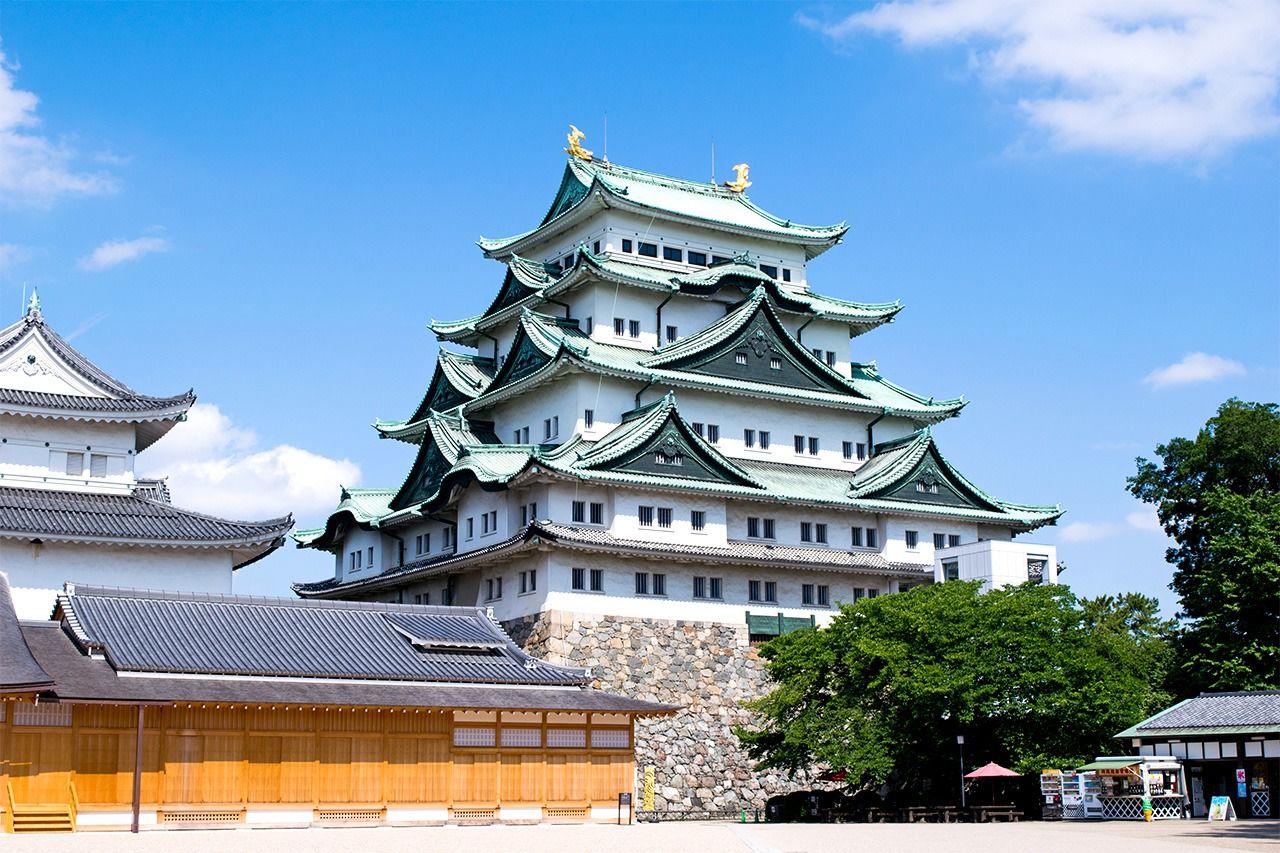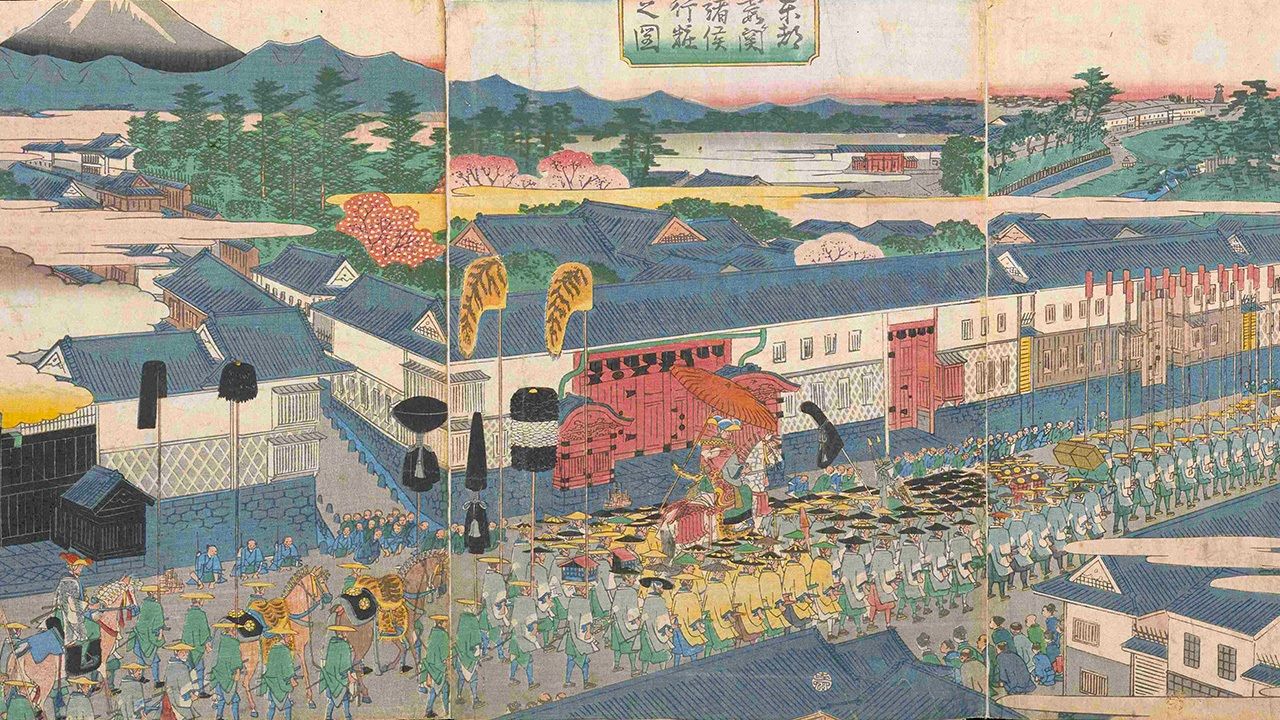
Japan’s Richest Domains in the Edo Period
History Economy- English
- 日本語
- 简体字
- 繁體字
- Français
- Español
- العربية
- Русский
In the Edo period (1603–1868), the Tokugawa shogunate ruled Japan. The daimyō of around 300 domains were vassals to the shōgun, and their power varied considerably. A key unit for measuring the domains’ productivity and economic scale was the koku, equivalent to around 180 liters of rice, or ¥300,000 in today’s terms (according to calculations in Edo no kakeibo [Edo Account Books], edited by Isoda Michifumi). The koku was also a rough measure for the amount of rice one adult would eat each year.
The kokudaka, or total koku produced by a domain, did not necessarily come from rice alone, and included income from other local goods, such as seafood or industrial products. There were often differences between the calculations by the shogunate and the domains, but the ranking below is based on shogunate figures.
Daimyō can be divided into three groups based on their relationship to the central Tokugawa shōgun family. The shinpan daimyō were relatives of the main Tokugawa family, and the fudai daimyō were long-standing vassals. The tozama daimyō were those leaders who only submitted to Tokugawa Ieyasu after he secured control of the country in the Battle of Sekigahara in 1600, or shortly before. There are no fudai daimyō included in the ranking.
1. Maeda clan, Kaga domain: 1.03 million koku (¥307.5 billion), tozama
The Maeda daimyō ruled over what is now Ishikawa Prefecture. Maeda Toshiie built up the domain serving under Oda Nobunaga and Toyotomi Hideyoshi, and his son Toshinaga succeeded and became a vassal of Ieyasu. The 1-million-koku domain was the country’s greatest throughout the Edo period.
The domain’s castle town Kanazawa grew as a transportation center with ports of call for the Kitamaebune shipping route, and wealthy merchants supported the clan’s finances. However, from the eighteenth century onward, the economic situation deteriorated, leading to a period of instability.
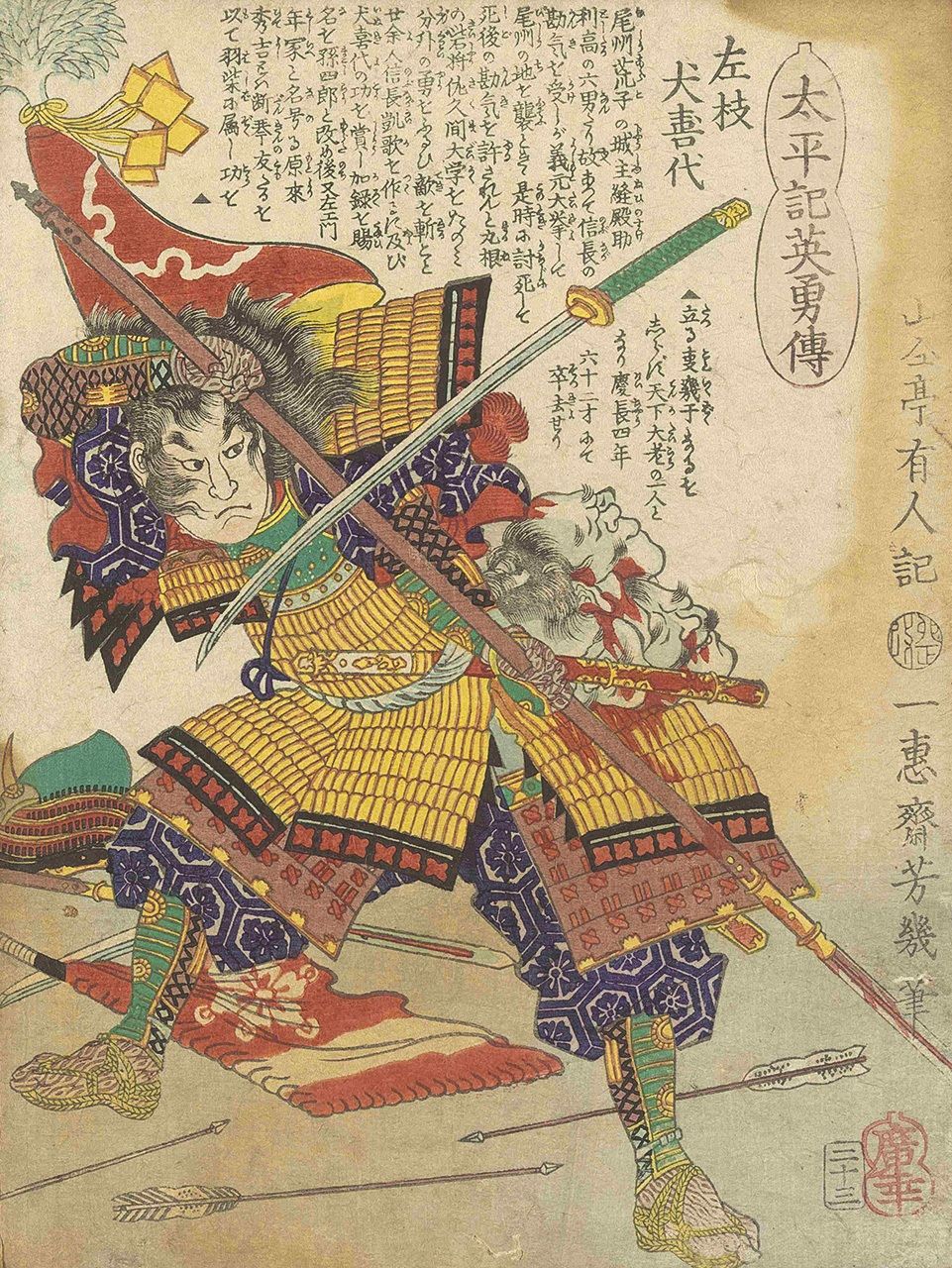
A picture by Utagawa Yoshiiku of Maeda Toshiie in his younger days, when he was still serving Oda Nobunaga. (Courtesy Tokyo Metropolitan Library)
2. Shimazu clan, Satsuma domain: 729,000 koku (¥217.8 billion), tozama
The Shimazu clan lined up on the losing side at Sekigahara, but was allowed to keep its territory of Satsuma (now Kagoshima Prefecture) after submitting to Ieyasu. It won effective control over the Ryūkyū Kingdom for most of the Edo period, benefiting from lucrative trade in the islands’ sugar. In the last years of the Edo period, the domain produced leaders like Saigō Takamori and Ōkubo Toshimichi, who would be central figures in the new government after the Meiji Restoration.
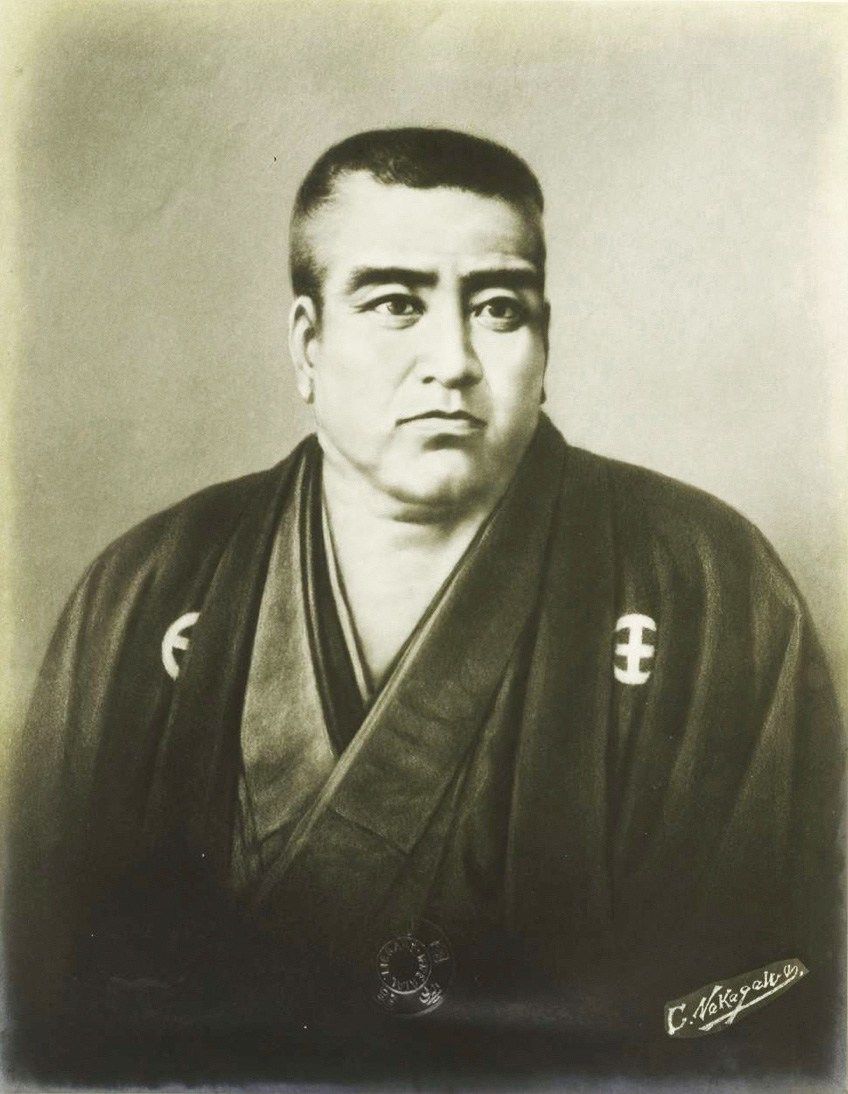
Saigō Takamori. (Courtesy National Diet Library)
3. Date clan, Sendai domain: 626,000 koku (¥187.8 billion), tozama
Counting the famous “one-eyed dragon” Date Masamune among its leaders, the Sendai domain was in what is now Miyagi Prefecture. The territory’s riches derived from its fertile fishing grounds and farmland, as well as sea routes to Edo (now Tokyo). However, its fortunes declined toward the end of the Edo period, and it was slow to modernize its military. Alongside other shogunate forces, it capitulated to the Meiji army in the Boshin Civil War.
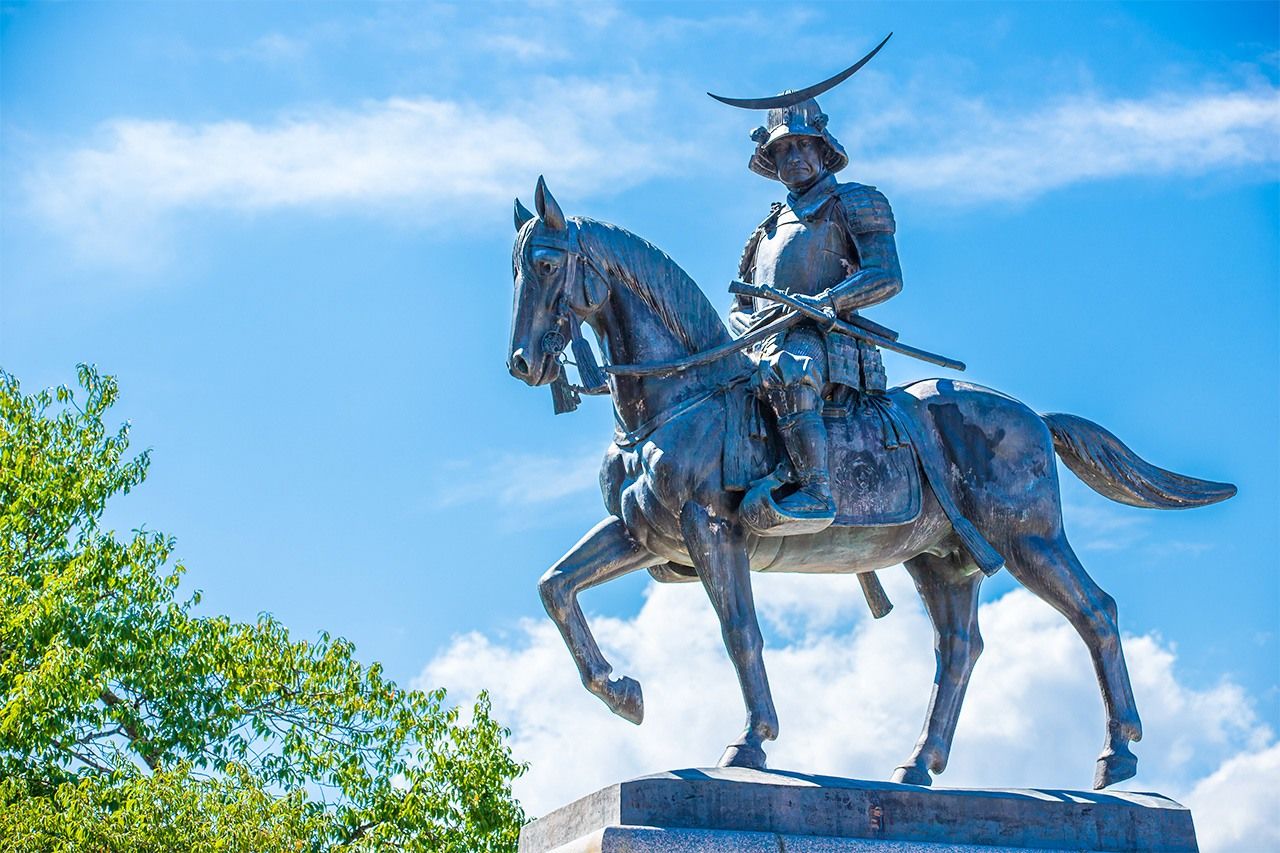
A statue of Date Masamune in Sendai, Miyagi Prefecture. (© Pixta)
4. Owari Tokugawa clan, Owari domain: 619,000 koku (¥185.7 billion), shinpan
Among the shinpan Tokugawa relatives, the three clans originally headed by Ieyasu’s youngest sons—his ninth, tenth, and eleventh—were the highest in rank, and were known as the gosanke. They could supply successors in the case that the shōgun died without male issue.
The Owari Tokugawa clan was founded by Ieyasu’s ninth son Yoshinao, based in what is now Aichi Prefecture. It prospered from cypress forestry and as a trading center on the Tōkaidō highway.
5. Kishū Tokugawa clan, Kishū domain: 555,000 koku (¥166.5 billion), shinpan
One of the gosanke, founded by Ieyasu’s tenth son Yorinobu. When the shōgun Ietsugu died in 1716, while still a child, the Kishū Tokugawa clan, based in what is now Wakayama Prefecture, supplied his successor Yoshimune.
In addition to being the most powerful of the gosanke, the clan was also skilled in agricultural techniques, such as double-cropping with rice and wheat. However, its practice of borrowing from the shogunate when famine affected its finances led to massive debts in the late eighteenth century.
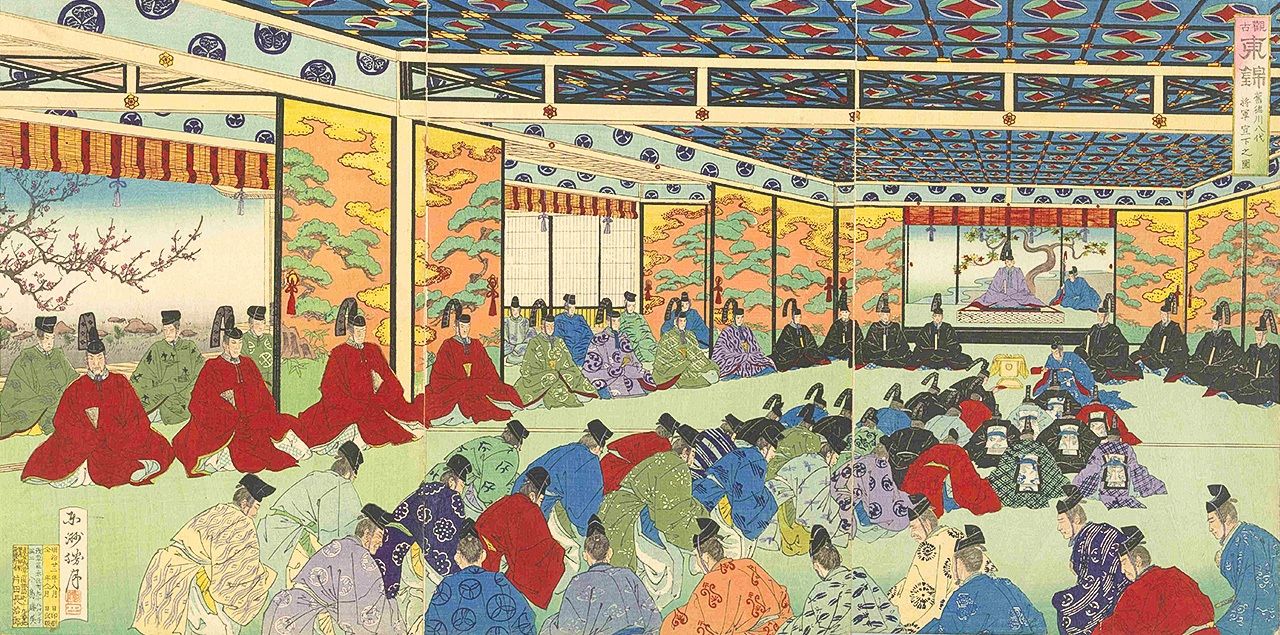
A picture of Yoshimune being proclaimed shōgun. (Courtesy Tokyo Metropolitan Library)
(Translated from Japanese. Banner image: A picture by Utagawa Hiroshige II of a daimyō’s retinue passing through Kasumigaseki in Edo, where there were several powerful domains’ estates. Courtesy Tokyo Metropolitan Library.)
